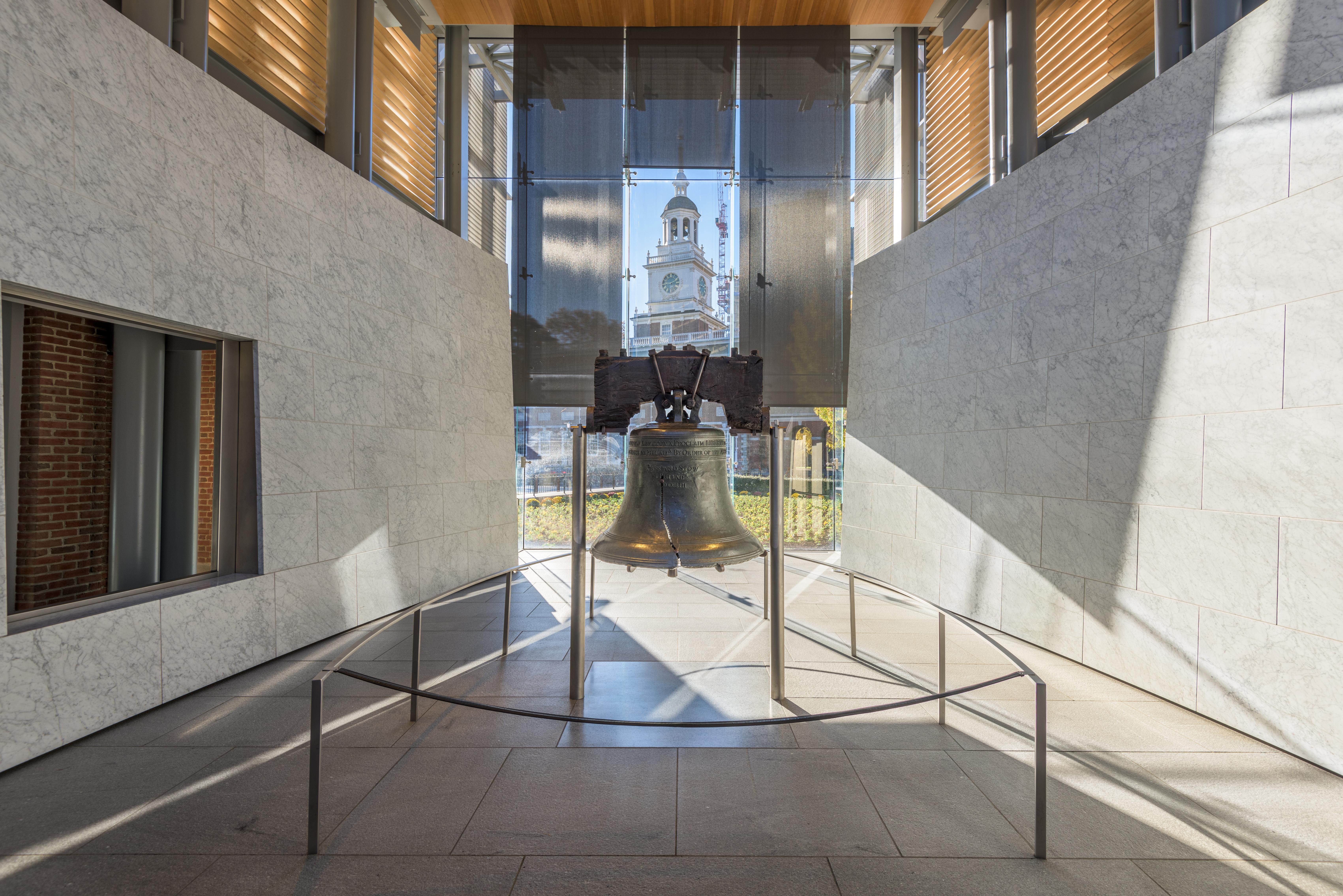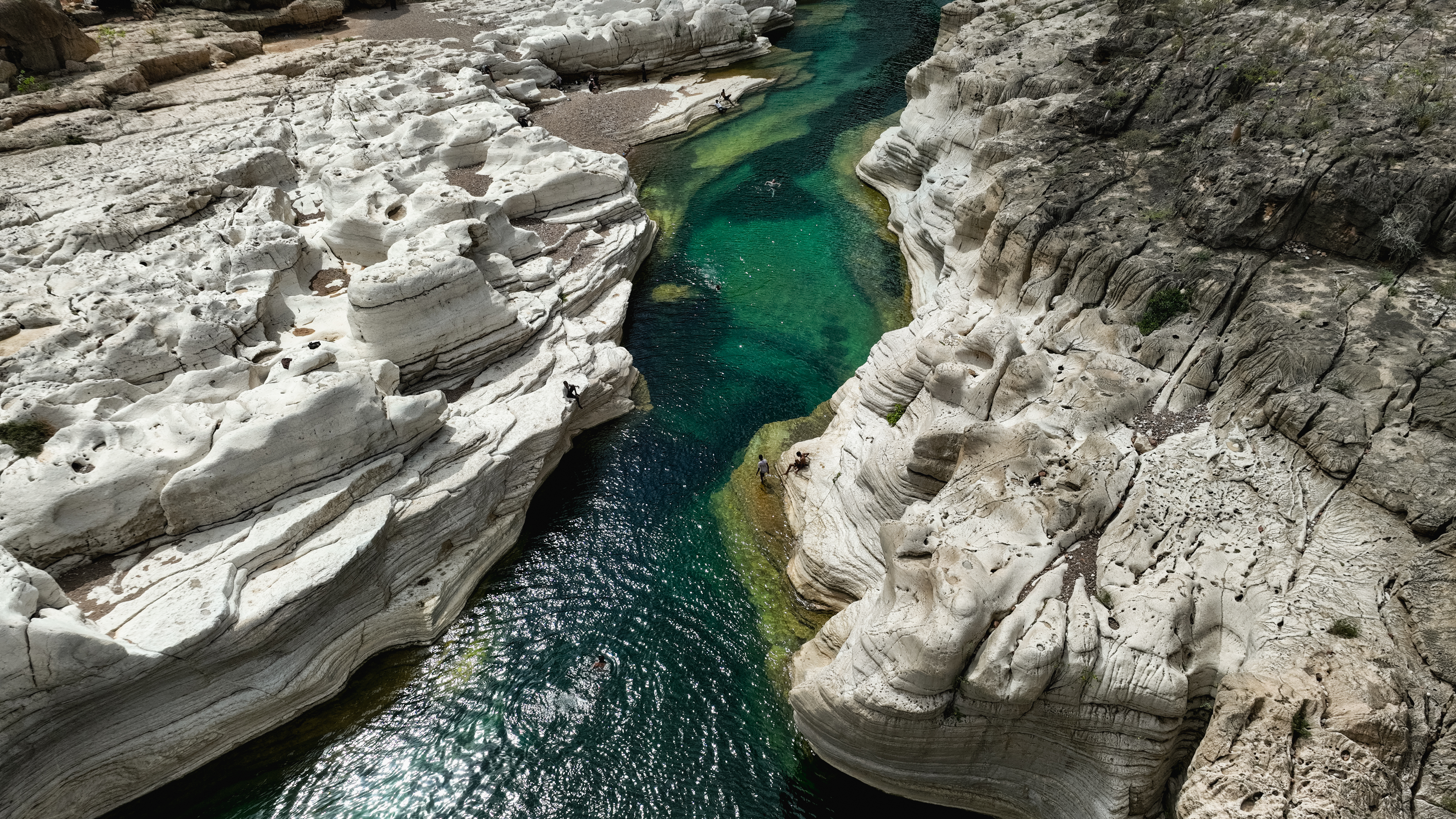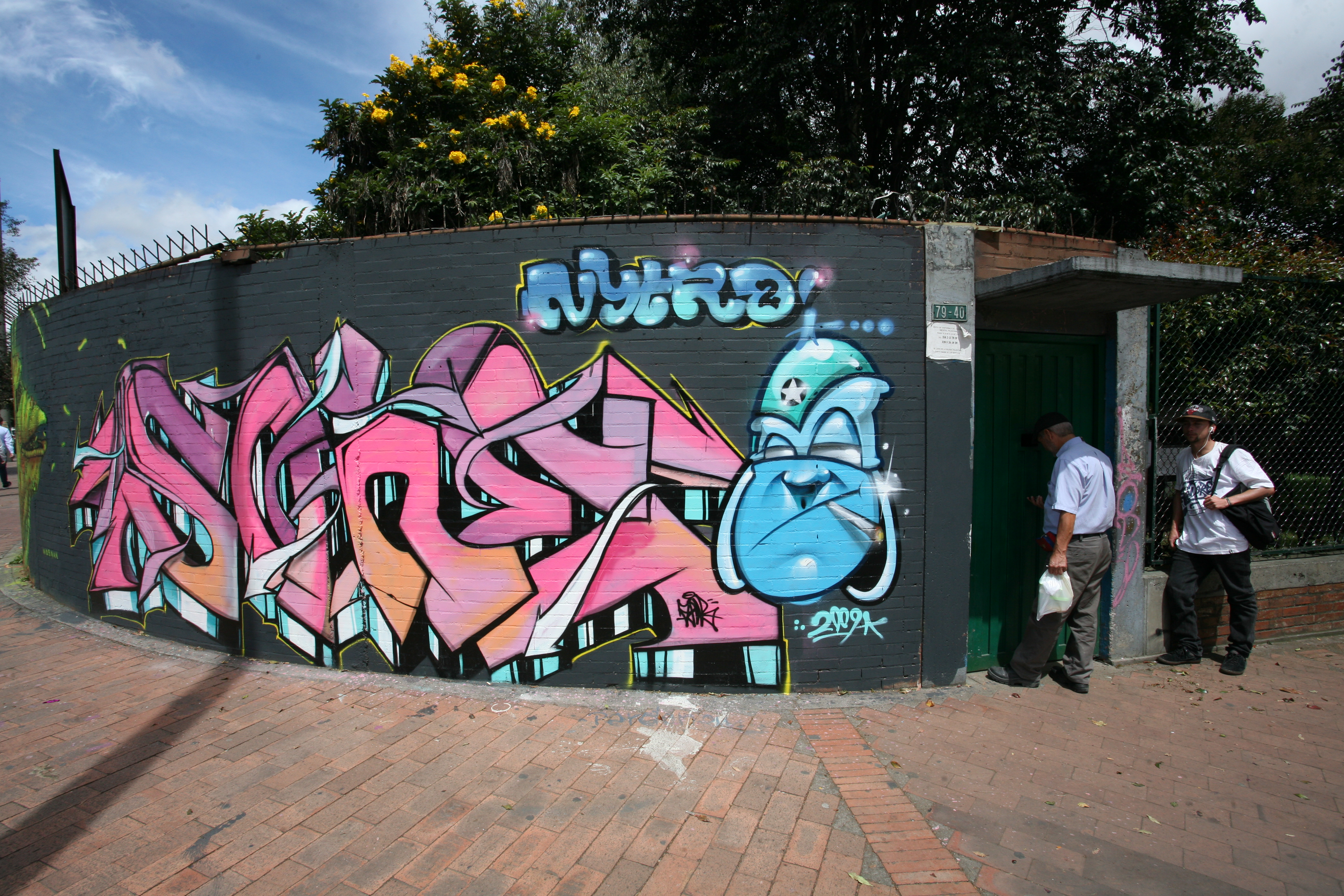Because Of Dark Secrets, These Hotels Were Abandoned For Several Decades
There's a unique and haunting allure to places that were once vibrant with life, now standing silent and surrendered to time. Abandoned hotels, in particular, capture the imagination. These are not just decaying structures; they are grand monuments to faded dreams, economic shifts, or tumultuous histories. Within their crumbling walls, one can almost hear the ghostly whispers of past guests, the clinking of glasses in once-opulent ballrooms, and the melodies of orchestras long silent. Join us as we check into five such forgotten establishments around the globe, each with a captivating story of glamour, ambition, and eventual desertion.
1. Bokor Palace Hotel & Casino, Cambodia: Colonial Ghost on a Misty Peak
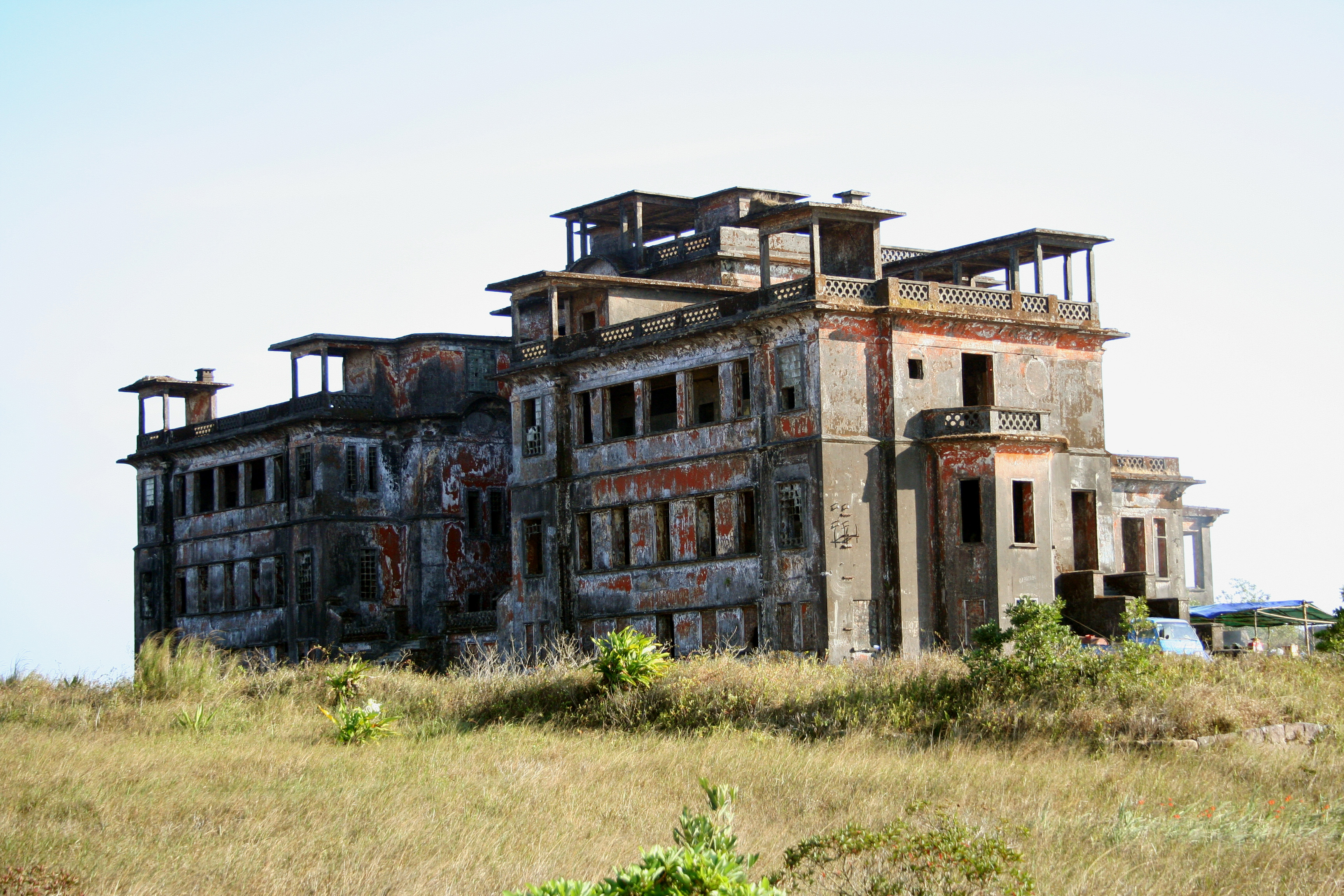
Perched atop Bokor Mountain in Cambodia, the Bokor Palace Hotel & Casino stands as an eerie relic of French colonial ambition. Opened in 1925, it offered a luxurious escape from the Cambodian heat for colonial elites. However, its history is turbulent; it was abandoned first in the late 1940s during the First Indochina War, then again in 1972 as the Khmer Rouge regime took hold. Today, the remote, fog-enshrouded structure, marked by bullet holes and decay, offers breathtaking views and a palpable sense of its dramatic past, attracting history buffs and those drawn to its ghostly atmosphere. (Likely Wikimedia Commons Images: "Bokor Palace Hotel," "Bokor Hill Station")
2. Haludovo Palace Hotel, Krk, Croatia: A Penthouse Dream Decayed
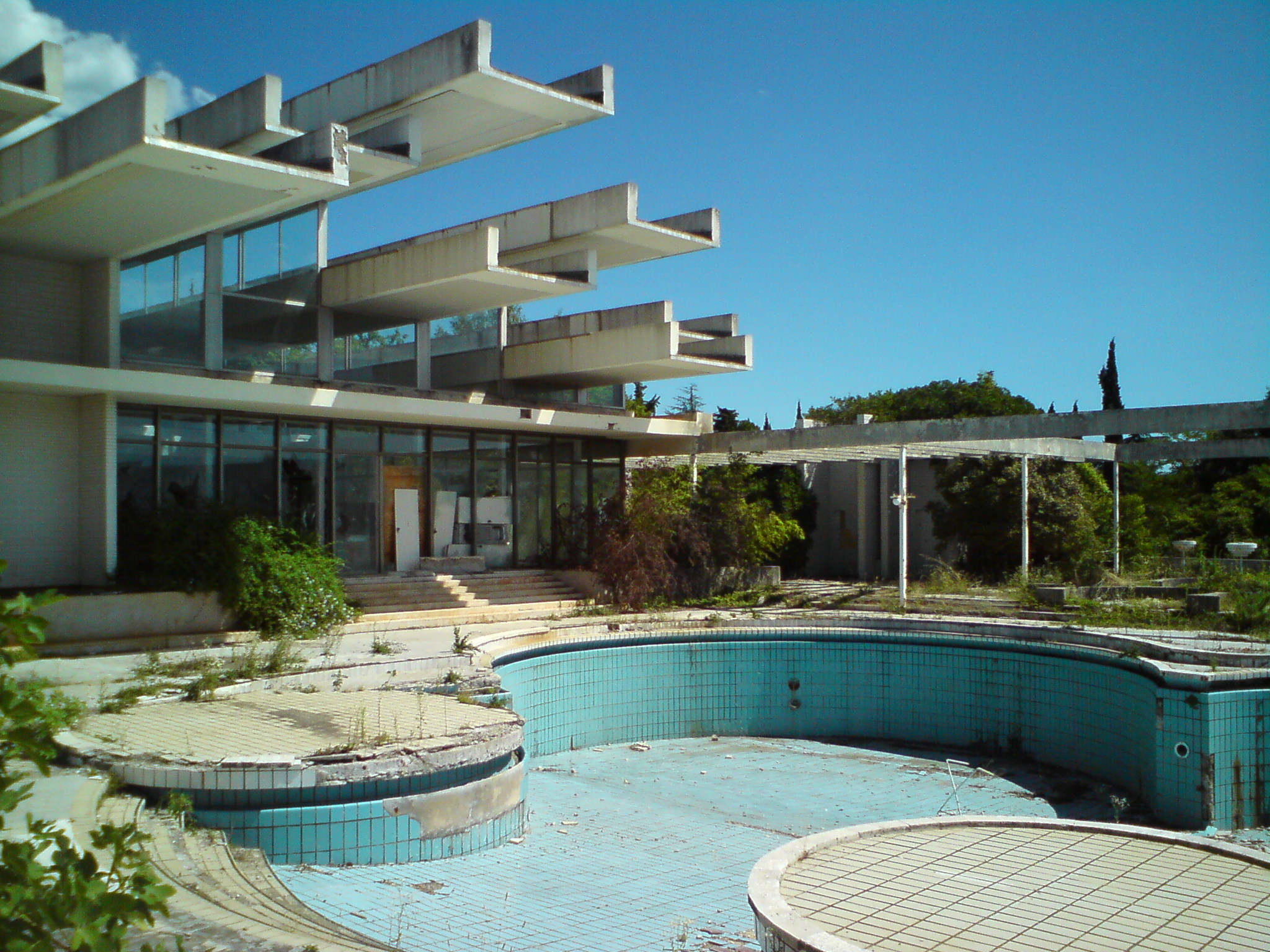
Once a symbol of extravagant coastal luxury, the Haludovo Palace Hotel on the Croatian island of Krk opened its doors in 1972. Backed by Penthouse magazine founder Bob Guccione, it was envisioned as a decadent playground for the wealthy, complete with lavish suites and casinos. Despite a glamorous start, financial troubles and the outbreak of the Yugoslav Wars in the early 1990s led to its decline and eventual abandonment. Now, its once-glittering pools are empty, its opulent interiors are crumbling, and nature is slowly reclaiming the modernist structures, a poignant reminder of a hedonistic dream turned to ruin. (Likely Wikimedia Commons Images: "Haludovo Palace Hotel," "Abandoned hotel Krk Croatia")
3. Hotel Goricina, Kupari, Croatia: War's Scars on the Adriatic
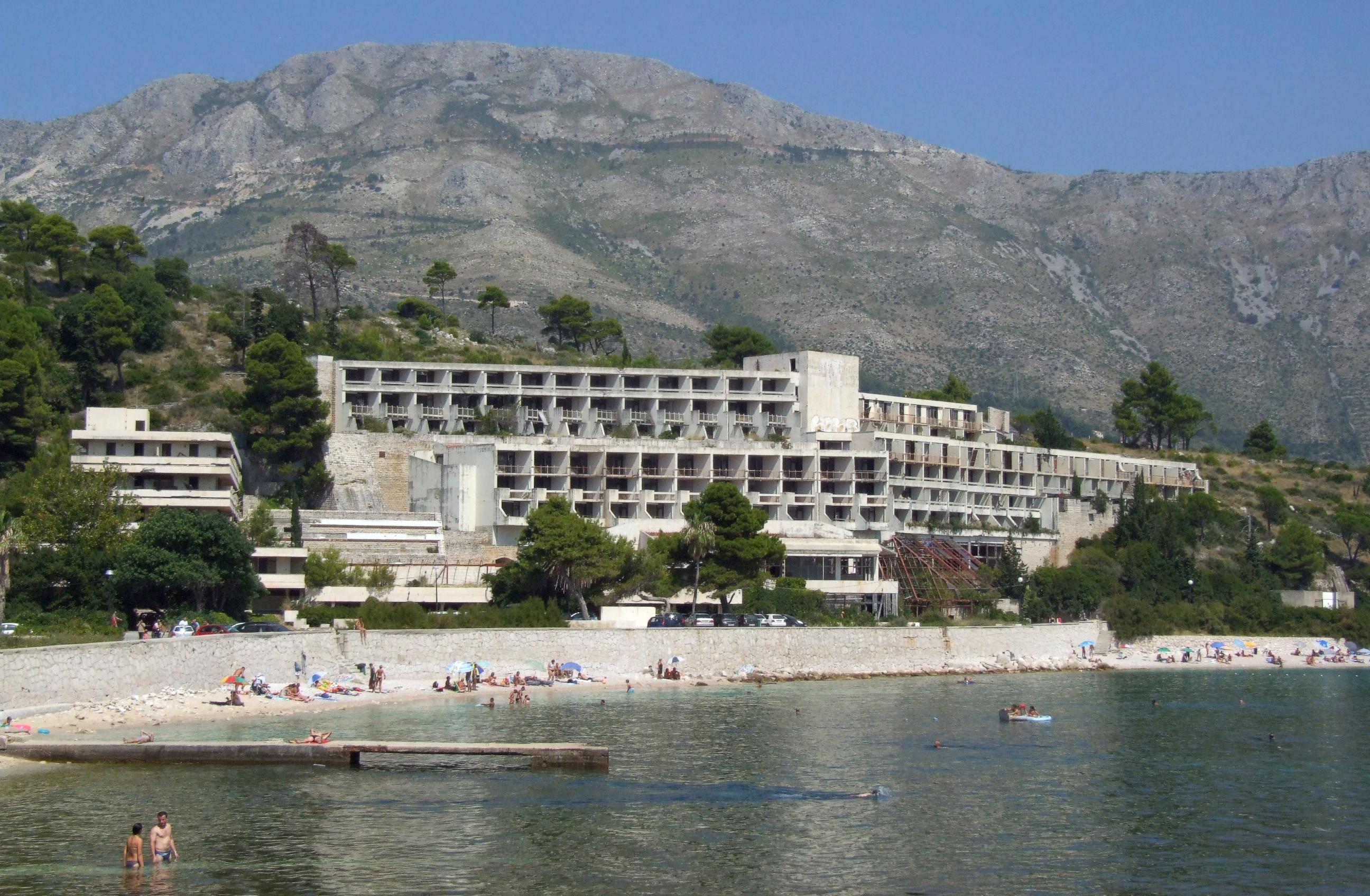
The Hotel Goricina was once a jewel in a complex of military resort hotels in Kupari, a picturesque bay near Dubrovnik, Croatia, primarily serving officers of the Yugoslav People's Army and their families. Built in the 1960s and 70s, these hotels boasted prime beachfront locations. However, during the Croatian War of Independence in the early 1990s, Kupari was heavily attacked and shelled, leading to the hotels being looted and burned. Hotel Goricina, like its neighbours, now stands as a hollowed-out, war-scarred skeleton, its concrete frame a stark and sobering testament to the conflict that shattered a once-popular holiday destination. (Likely Wikimedia Commons Images: "Kupari abandoned hotels," "Hotel Goricina Croatia")
4. Grossinger's Catskill Resort Hotel, New York, USA: Borscht Belt Beauty in Ruins
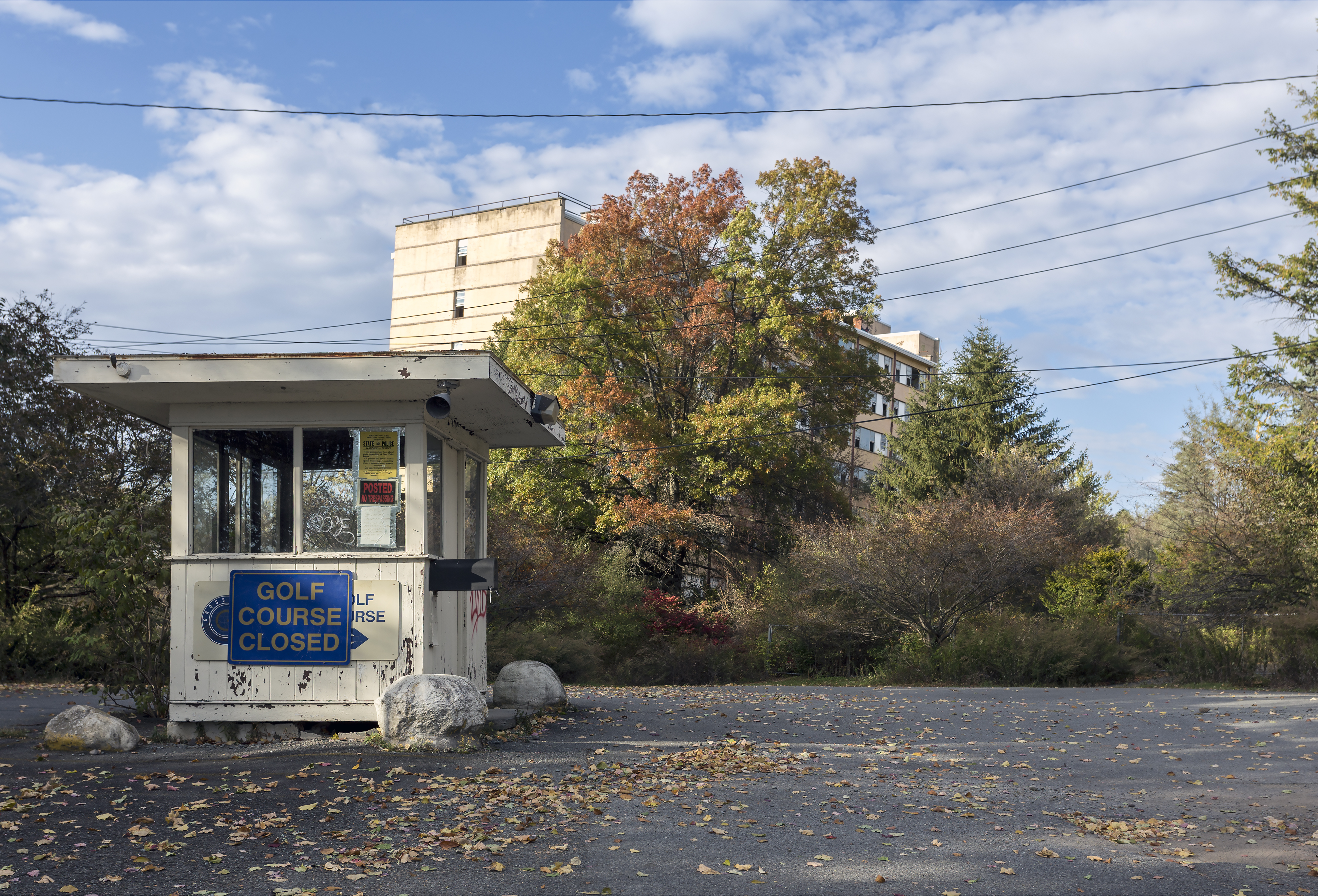
A legendary name from the golden age of the Catskills resorts, Grossinger's in Liberty, New York, was once a sprawling 1,200-acre playground that inspired the film "Dirty Dancing." From the 1920s to its decline in the 1980s, it hosted hundreds of thousands of guests, including celebrities, offering skiing, golfing, and grand entertainment. Changing vacation tastes and economic factors led to its closure in 1986. For decades, its once-glamorous buildings, including the iconic indoor pool and ballroom, have been slowly succumbing to nature and vandalism, a powerful symbol of a bygone era's charm left to picturesque decay. (Likely Wikimedia Commons Images: "Grossinger's Resort abandoned," "Catskills abandoned hotel")
5. Ryugyong Hotel, Pyongyang, North Korea: The Infamous "Hotel of Doom"
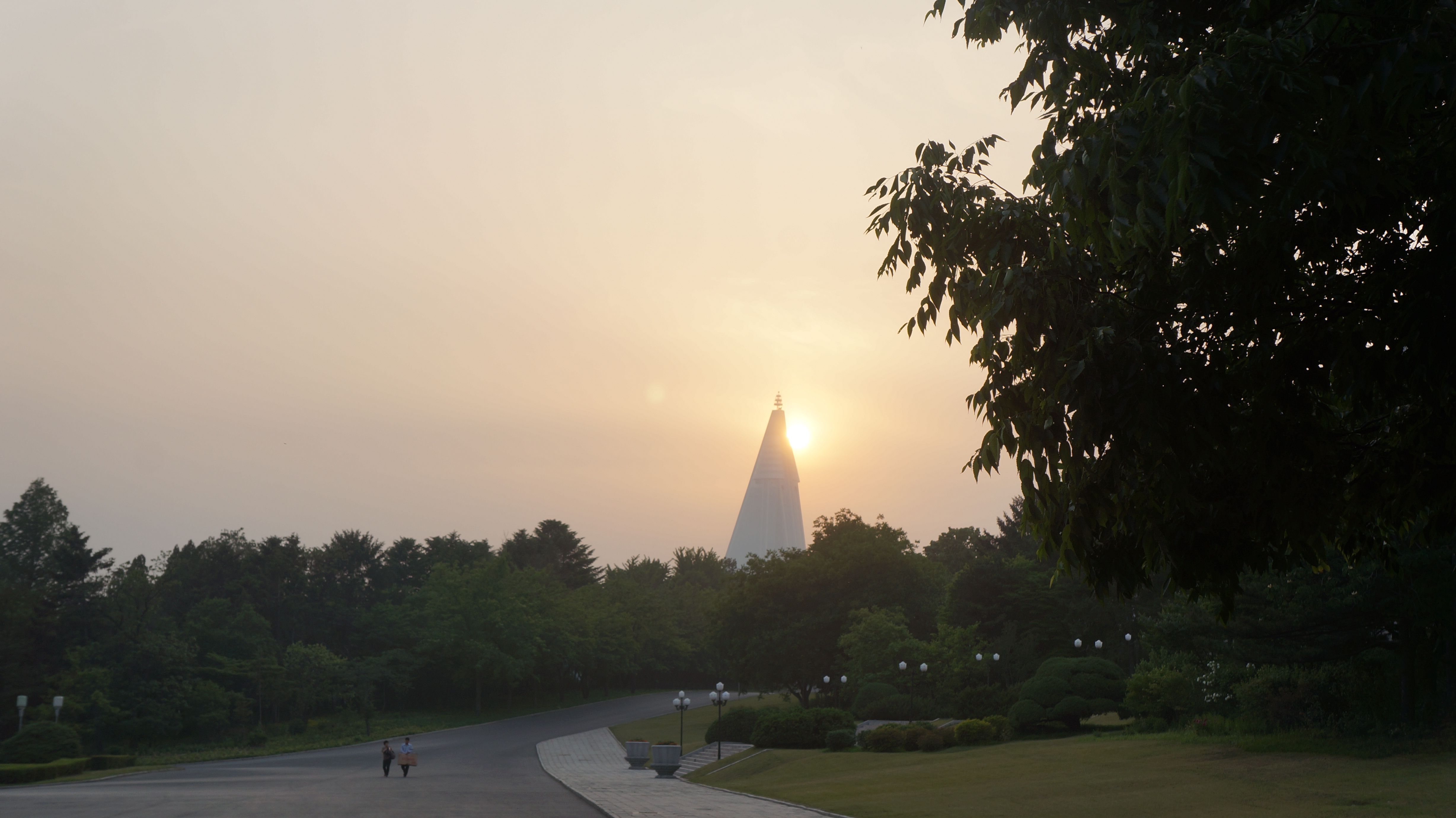
Dominating the Pyongyang skyline, the colossal, pyramid-shaped Ryugyong Hotel is perhaps the world's most famous unfinished hotel. Construction began in 1987 with ambitions of it being the tallest hotel globally, boasting over 3,000 rooms and revolving restaurants. However, economic woes in North Korea following the collapse of the Soviet Union halted construction in 1992. For over a decade, it stood as a windowless concrete shell, earning the moniker "Hotel of Doom." While its exterior was finally clad in glass in 2011 and LED light displays were added, its interior remains largely unfinished and unoccupied, a silent, enigmatic monument to grand ambition. (Likely Wikimedia Commons Images: "Ryugyong Hotel," "Pyongyang skyline")
These five hotels, each unique in its history and current state of decay, offer more than just eerie photo opportunities. They are tangible links to the past, sparking our curiosity about the lives that once filled their rooms and the events that led to their silence. They remind us of the transient nature of human endeavors and the relentless, quiet power of time and nature. As they stand empty, these structures continue to tell powerful stories, inviting reflection on ambition, history,



